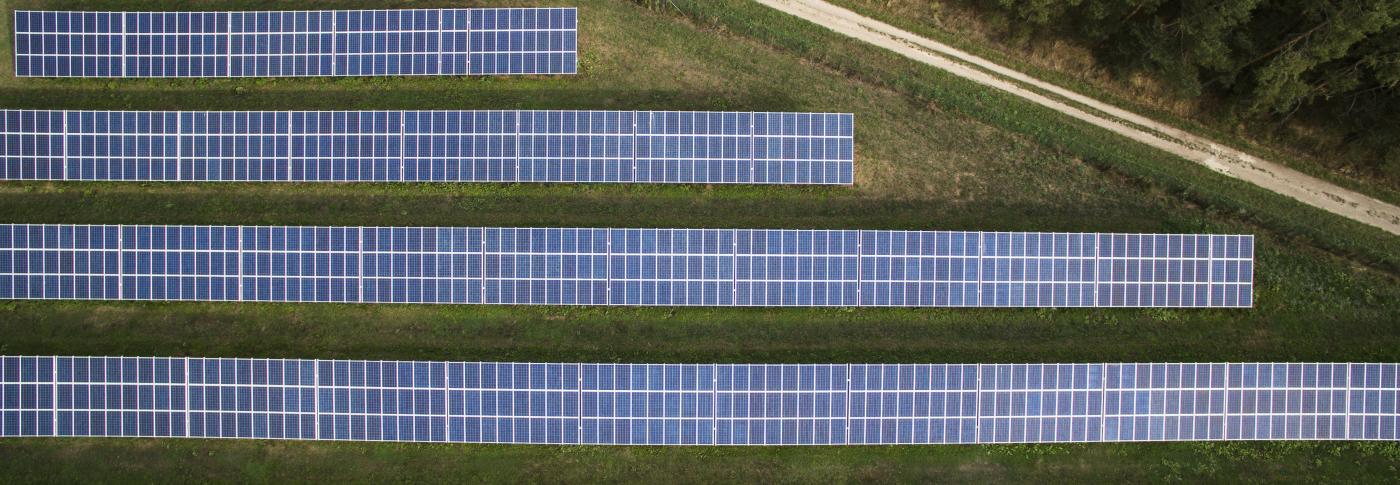
Helping generators change their settings to boost network resilience and encourage a zero carbon grid
19 Jan 2021 - 3 minute read
Generators connected to the electricity network are urged to claim thousands of pounds in funding towards mandatory hardware upgrades, aimed at boosting network resilience and encouraging a zero carbon power grid.
Generators can apply for funding to make the necessary changes and comply with the latest Distribution Code regulations via the Accelerated Loss of Mains Change Programme (ALoMCP), a partnership between National Grid ESO, Energy Networks Association, Distribution Network Operators (DNOs) and Independent Distribution Network Operators (IDNOs)
What is Loss of Mains?
Loss of Mains protection is there to make sure generators shut down safely when needed. Those connected to the grid before February 2018 are set at levels such that minor network disturbances can cause them to trip off. If a power line disconnects for a few seconds, the generator at the end of the line is temporarily disconnected from the wider network. This can be unsafe and lead to damage to the generator and anything the generator is powering, such as domestic appliances.
Upgrades are likely to be required on every form of non-domestic generation connected to the grid before February 2018, but the Programme is particularly keen to hear from sites that use Rate of Change of Frequency (RoCoF) settings to help improve network resilience quickly.
Where is the programme up to?
As of January 2021, 5994 sites, equating to 10.7GW of generation capacity (enough to power 20 million homes) have had their applications approved, equating to £20.2m in funding from the Programme. 5GW, 3134 sites, have already made the changes to their settings.
Two levels of funding are available for generators required to incorporate the changes. If, as in most cases, a simple protection device settings change is required, the generator will receive £1,500 for the first change and an additional £500 per relay after that, up to a maximum of five relays, totalling £4,000. If relays require replacing, generators can receive £4,000 towards replacing each relay.
To accelerate the rate at which generators make the changes, the programme has introduced a ‘fast track scheme’ which pays generators that meet certain criteria and have a minimum capacity of 500kW an extra £5,000 if they are able to complete the work within four weeks of applying for funding. Owner of these sites are encouraged to apply before April 2021.
Graham Stein, Network Operability Manager at National Grid ESO said:
“Recent years have seen increased numbers of smaller, renewable sources of power coming online and helping us to balance the grid.
The Loss of Mains Programme, delivered in partnership with colleagues across the industry, is helping to change their settings and boost network resilience – allowing these generators to play their role in the transition to a greener grid.
Our control room engineers spend valuable time and resources on managing Loss of Mains risks and these changes will mean fewer interventions are required, minimising costs for consumers and unlocking the full capability of these zero carbon power sources.
Thousands of generators across the UK have already taken advantage of the programme and had £20.2m in payments approved, but with more available we’re still keen to hear from owners ahead of the deadline.”
Mark Dunk, Head of Engineering at Energy Networks Association which represents the UK and Ireland’s energy networks businesses said:
“If you own or operate a generator connected to the distribution network, we really encourage you to apply now to the Accelerated Loss of Mains Change Programme. By applying, you could be paid thousands of pounds in the next few months when you make mandatory protection changes. These must be made by 1 September 2022, even if you haven’t applied to the programme.
This vital cross-industry collaborative programme will help to make Britain’s electricity networks more resilient and help the move towards a smarter, Net Zero emissions grid.”
For more information or to see the full criteria for eligible generators visit the ENA website
